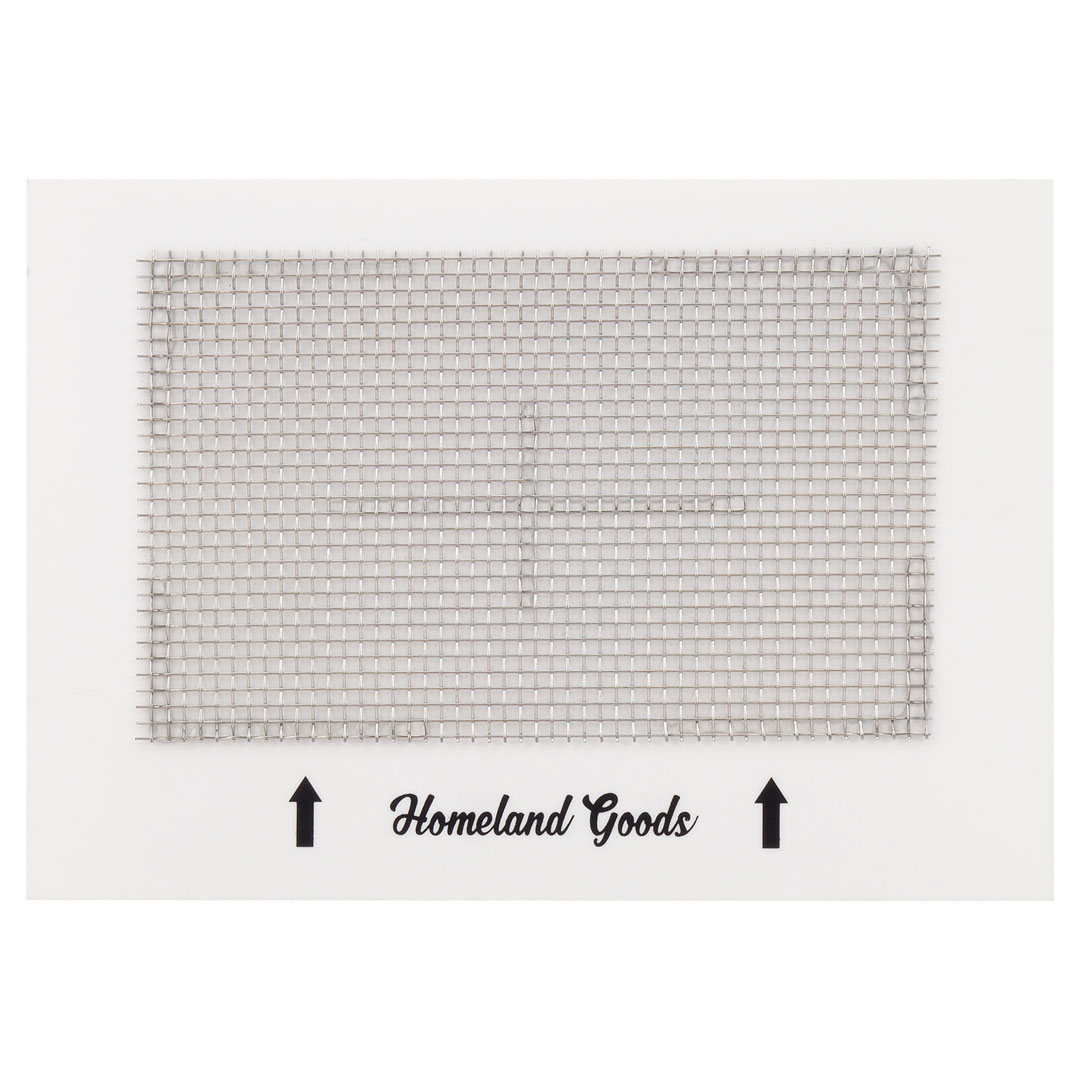

#PRINTPRESS PLATE PROJECT OZONE GENERATOR#
How To: Ozone Generator Advice with A2Z Ozone

Get them involved as soon as possible in the creative process to achieve the best outcome.Filters, Ozone Destructor, Ozone Faucet Aerator, and Air Dryers Your printer can give advice on the best process for your project. The decision of which technology to use comes down to production efficiencies, running costs of the press and, consequently, prices, run lengths, objectives, and optimum quality desired. Many printing projects can technically be executed on multiple presses. We use dye-sub printers largely for printing on polyester or other synthetic textiles, such as flags, banners, photos, novelty items such as cell phone covers, and other items that have sublimation-friendly surfaces. Inkjet is also making inroads into this market. Dye sub printers produce continuous tone images as opposed to halftones, which are used in offset litho. The results are nearly permanent, and will not crack, fade, or peel under normal conditions. Sublimation refers to turning a solid into gas. When heat is applied, the inks turn to gas and are transferred into the fabric at the molecular level.

Both produce vivid colors and both can produce variable work.ĭye-sublimation is a printing process in which heat is used to transfer ink onto fabric.Ī design is printed onto a special paper placed against the material. Flatbeds feature a flat bed where rigid substrates, like foamboard, glass, doors, or even tiles, can be printed. in width and are used to produce vehicle wraps, murals, billboards, and other large images. Inkjet presses are available in sheetfed and web models, much like toner presses, and produce the same products, including variable work.Other inkjet presses are often called large-format devices which come in roll-to-roll and flatbed configurations. Because of this, inkjet presses are very versatile and can accommodate a huge variety of rigid and soft substrates in thicknesses up to about two inches. Clusters of inkjet heads spray ink droplets onto a substrate. Inkjet presses use a contactless form of printing. Inkjet presses: Offset presses and toner presses print by having the substrate come in direct contact with an imaging cylinder.Variable work, such as personalized direct mail or promo pieces, is only possible with this technology. Short runs are much more economical on a toner press than an offset press. They can also use Pantone colors and can create embellishments. Early models produced what was called pleasing color, but modern versions produce high-quality hues that are almost indistinguishable from offset quality. They differ from offset presses in two significant ways: they use toner instead of ink and they can produce variable jobs, in which each sheet in a run can be different. Electrophotographic or toner presses: Toner presses made their debut in the early 90s and have achieved a prominent place in the printing world.

Two press technologies fall in this category. Digital printing refers to any press that prints directly from a computer, without having to make plates.


 0 kommentar(er)
0 kommentar(er)
